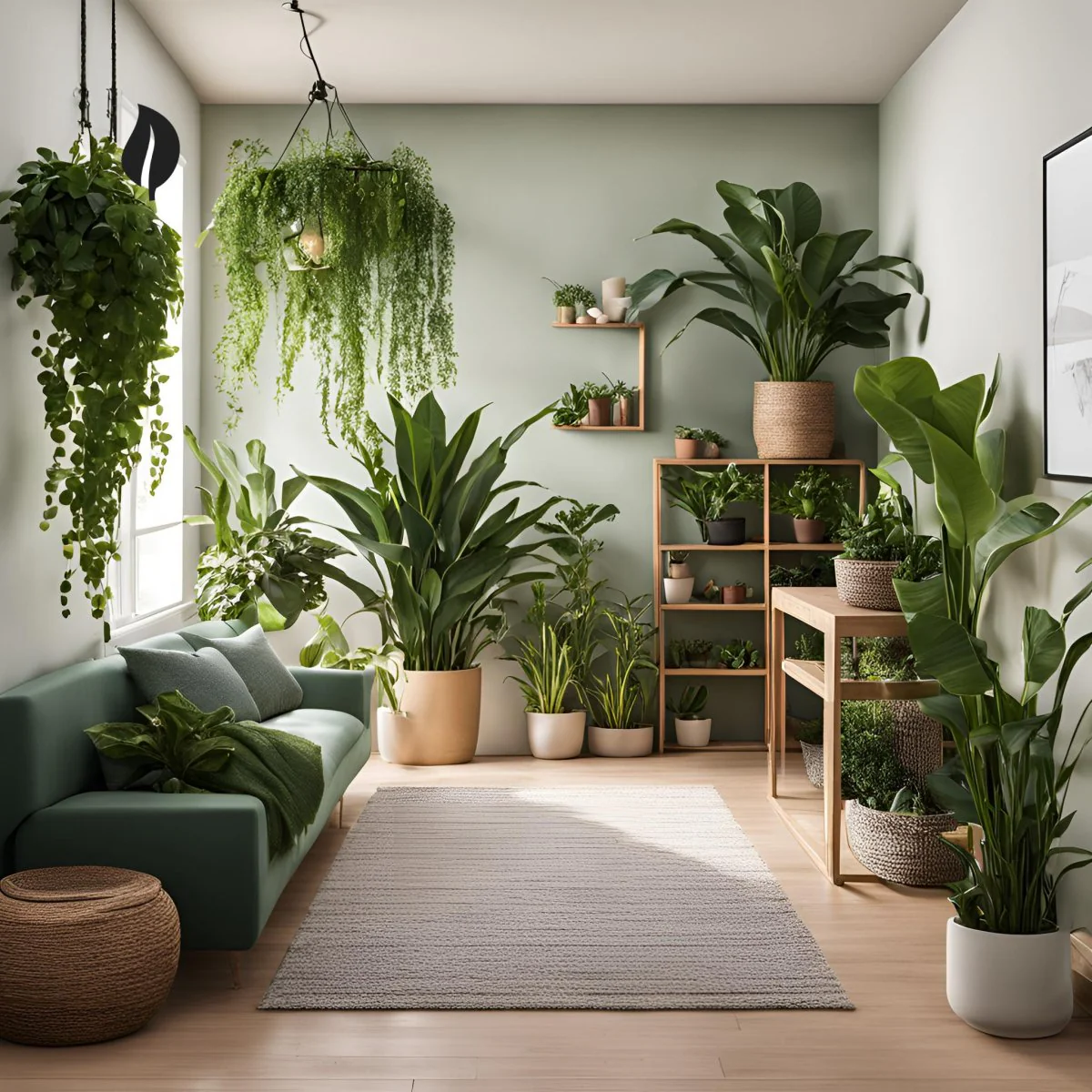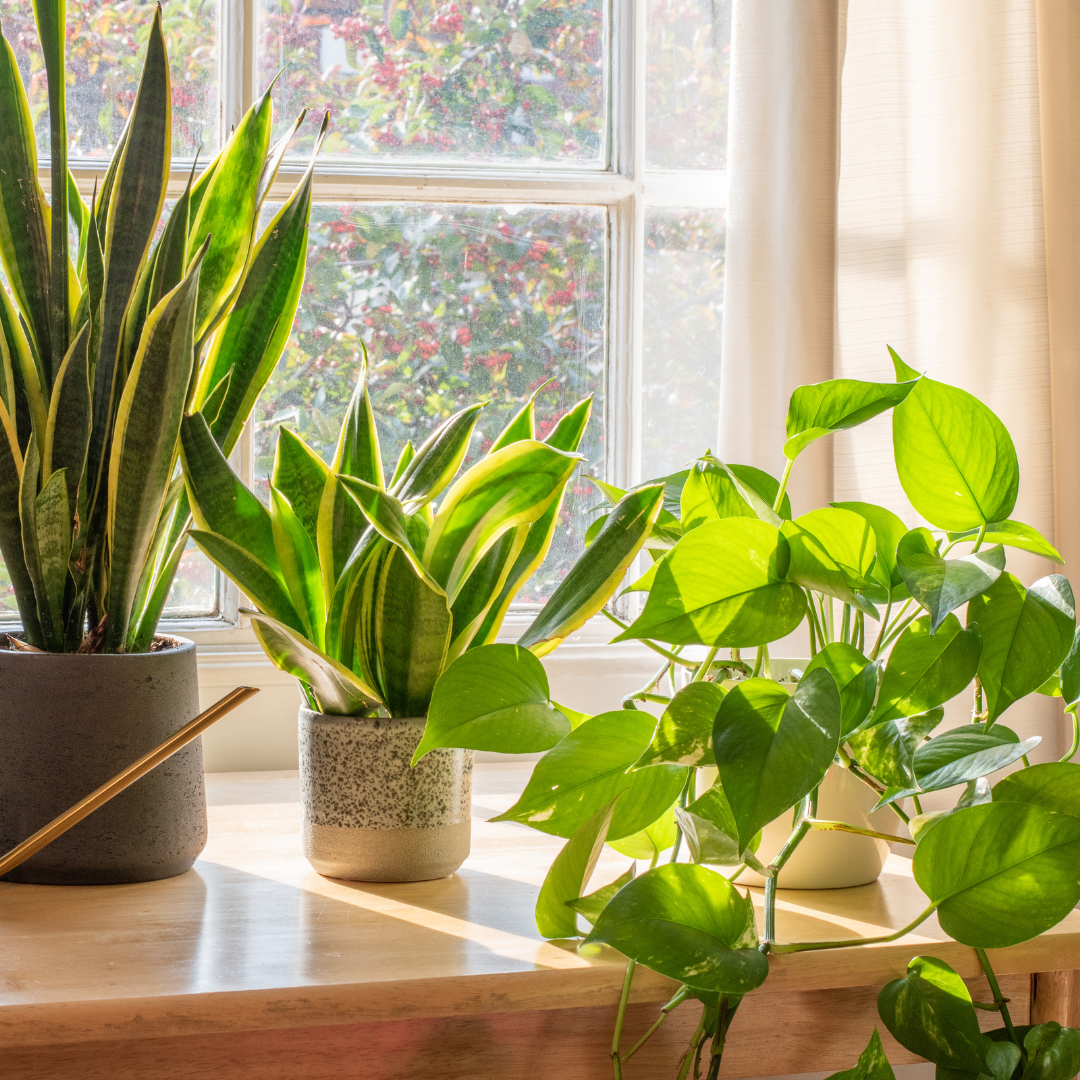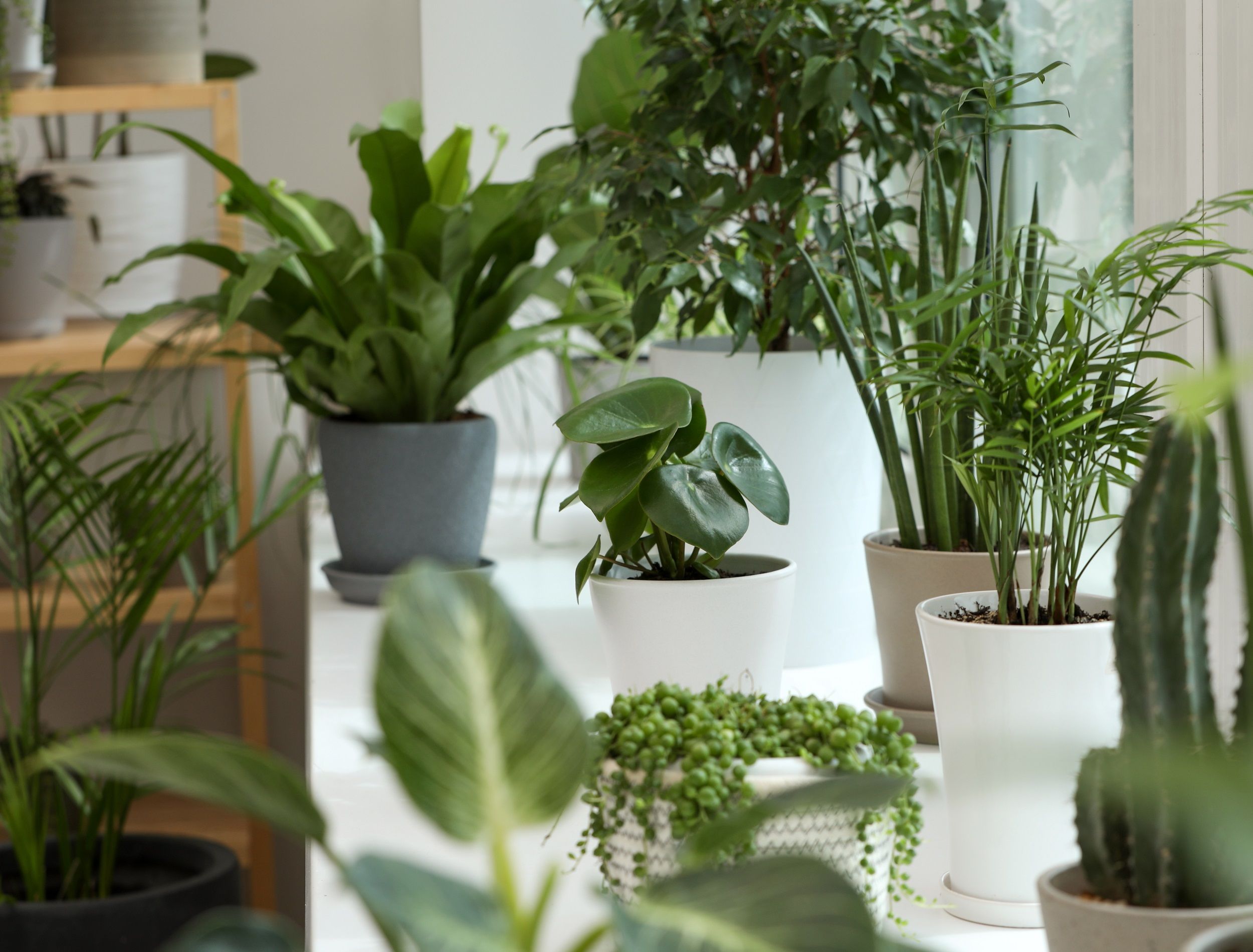The Best Low-Light Indoor Plants That Require Minimal Care and Attention
The Best Low-Light Indoor Plants That Require Minimal Care and Attention
Blog Article
Uncover the Secrets of Low-Light Indoor Plants and How They Improve Your Setting
Low-light interior plants have actually gathered enhancing attention for their special ability to boost both visual charm and ecological top quality within homes and offices. These durable varieties, consisting of the Serpent Plant and Peace Lily, not just thrive in challenging lights problems but likewise play an essential function in air filtration and psychological wellness. Recognizing the particular benefits and care demands of these plants can substantially impact your home. As we discover the complexities of their benefits, you may find understandings that might transform your surroundings in unforeseen methods.
Advantages of Low-Light Indoor Plants
Although numerous individuals assume that interior plants call for plentiful sunshine to flourish, low-light interior plants provide a wide range of advantages that make them excellent for different settings. Among the main advantages is their versatility; they can prosper in spaces with restricted natural light, such as offices, basements, or spaces with small home windows. This function enables people to boost their environments with greenery, adding to enhanced aesthetics without the need for substantial lights modifications.
In addition, low-light interior plants can significantly improve indoor air top quality by launching and filtering system harmful toxic substances oxygen, making living rooms healthier. Study has revealed that certain ranges can absorb pollutants, therefore advertising a cleaner ambience. In addition, they can boost psychological well-being by decreasing tension and enhancing performance. The visibility of plants has actually been connected to higher feelings of harmony and emphasis.
Additionally, low-light plants frequently require less upkeep than their sun-loving equivalents, making them perfect for active individuals or those new to horticulture. Their resilience enables them to thrive with marginal treatment, hence supplying a fulfilling experience for plant enthusiasts and beginners alike. In recap, low-light interior plants offer both practical and aesthetic objectives, making them useful additions to any room.
Top Low-Light Plant Ranges
Low-light indoor plants come in a variety of species, each offering one-of-a-kind features and benefits fit for dark settings. Among one of the most prominent varieties is the Snake Plant (Sansevieria), recognized for its architectural leaves and air-purifying capacities. This resistant plant prospers on overlook and can tolerate a wide variety of light problems.
One more outstanding option is the ZZ Plant (Zamioculcas zamiifolia), which includes shiny, dark eco-friendly fallen leaves and is very drought-tolerant. Its flexibility makes it a favored for offices and homes with restricted sunlight.
The Pothos (Epipremnum aureum) is likewise a leading competitor, with its tracking vines and heart-shaped leaves - Best low-light indoor plants. This functional plant can be trained to climb or cascade, adding aesthetic passion to any space

Treatment Tips for Low-Light Plants
Looking after low-light interior plants needs a nuanced understanding of their particular demands to guarantee optimal growth and vigor. Initially, it is important to choose the best potting mix, as a well-draining dirt click for source is vital to avoid root rot. A mix made for houseplants, frequently having peat moss and perlite, functions well for most low-light varieties.
Watering is another key facet of treatment. Low-light plants normally require less constant watering contrasted to their sun-loving equivalents. It is a good idea to check the top inch of dirt; if it feels completely dry, it's time to water. Overwatering can result in complications such as mold and origin decay.
Fertilizing needs to be approached with caution. During the growing period, a watered down fluid fertilizer can be applied monthly, but in wintertime months, several low-light plants enter dormancy and need little to no fertilizing.
Lastly, it's crucial to regularly cleanse the leaves to remove dust, permitting much better light absorption. By sticking to these treatment ideas, you can grow a growing environment for your low-light indoor plants, enhancing both their appearance and long life.
Enhancing Air High Quality With Plants
Indoor plants play a significant function in improving air quality within homes and workplace. With the process of photosynthesis, these plants take in carbon dioxide and launch oxygen, contributing to a healthier atmosphere. In addition, particular low-light interior plants possess the capacity to filter hazardous pollutants, such as benzene, formaldehyde, and trichloroethylene, which are generally located in indoor settings.

Additionally, the presence of interior plants can boost moisture levels, which aids ease completely dry skin and respiratory system issues, better improving overall wellness. This capacity to enhance air high quality not only advertises physical health yet also sustains mental health.
Incorporating low-light indoor plants right into your living and working areas can lead to a much more stimulating and dynamic atmosphere (Best low-light indoor plants). Spending in these all-natural air purifiers is a straightforward yet effective technique visit this page for improving interior air quality and cultivating a much healthier lifestyle
Creating a Tranquil Indoor Space
The combination of plants right into living areas not just boosts air quality but likewise adds to a tranquil ambience. Low-light indoor plants, such as serpent plants and pothos, are particularly reliable in developing a calm environment, as they thrive in conditions that might otherwise be unwelcoming for other greenery. Their lush foliage offers a soothing aesthetic, decreasing tension and advertising leisure.
Integrating these plants into your home or office can evoke a sense of peace and well-being. Strategically putting them in locations where you invest Visit Website considerable time, such as living offices or areas, permits an immersive experience with nature, which has actually been revealed to enhance mood and cognitive function.
Additionally, the gentle motion of leaves in action to air movement can produce a vibrant aesthetic component that enhances the overall setting. Take into consideration utilizing a variety of plant elevations and appearances to include depth and interest to your room. With thoughtful placement and care, low-light indoor plants can change any location right into a peaceful sanctuary, cultivating not only visual fulfillment however mental and also psychological wellness.

Conclusion
Incorporating low-light indoor plants into different settings returns significant benefits, including improved air high quality and improved aesthetic charm. The transformative power of low-light plants underscores their value in improving both household and occupational settings.
Although many individuals presume that indoor plants require bountiful sunlight to grow, low-light indoor plants offer a multitude of advantages that make them perfect for numerous atmospheres.Moreover, low-light interior plants can dramatically boost indoor air top quality by launching and filtering harmful contaminants oxygen, making living spaces healthier. Furthermore, certain low-light indoor plants have the capability to filter unsafe contaminants, such as benzene, trichloroethylene, and formaldehyde, which are commonly discovered in indoor settings.
Low-light indoor plants, such as serpent plants and pothos, are particularly effective in producing a calm atmosphere, as they prosper in conditions that might or else be unwelcoming for various other plant.Incorporating low-light interior plants into different environments yields considerable benefits, consisting of improved air top quality and enhanced visual allure.
Report this page